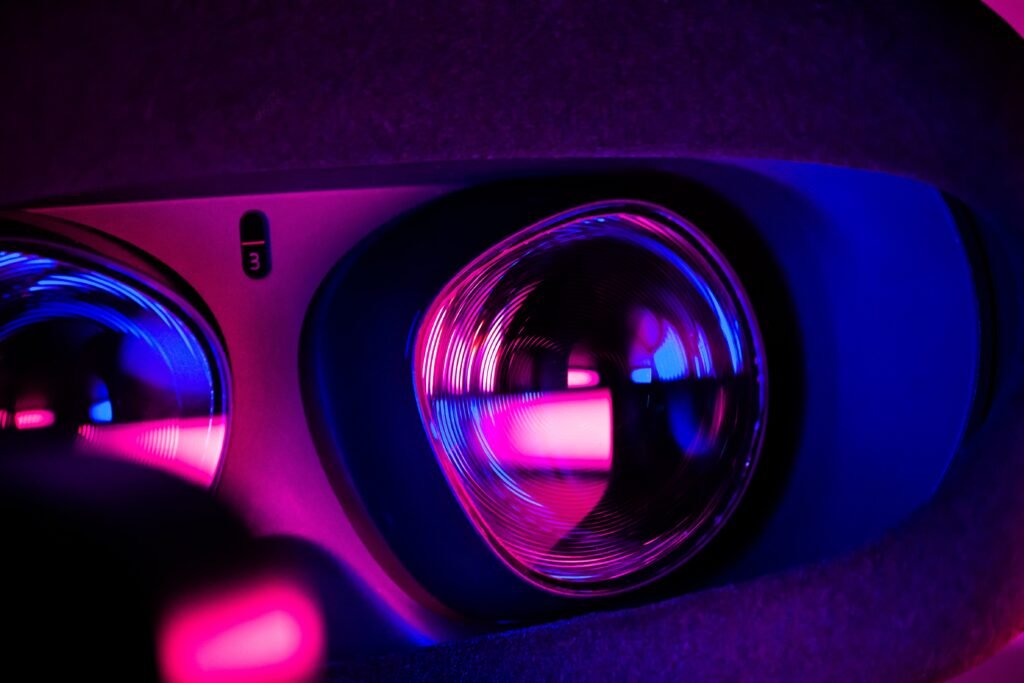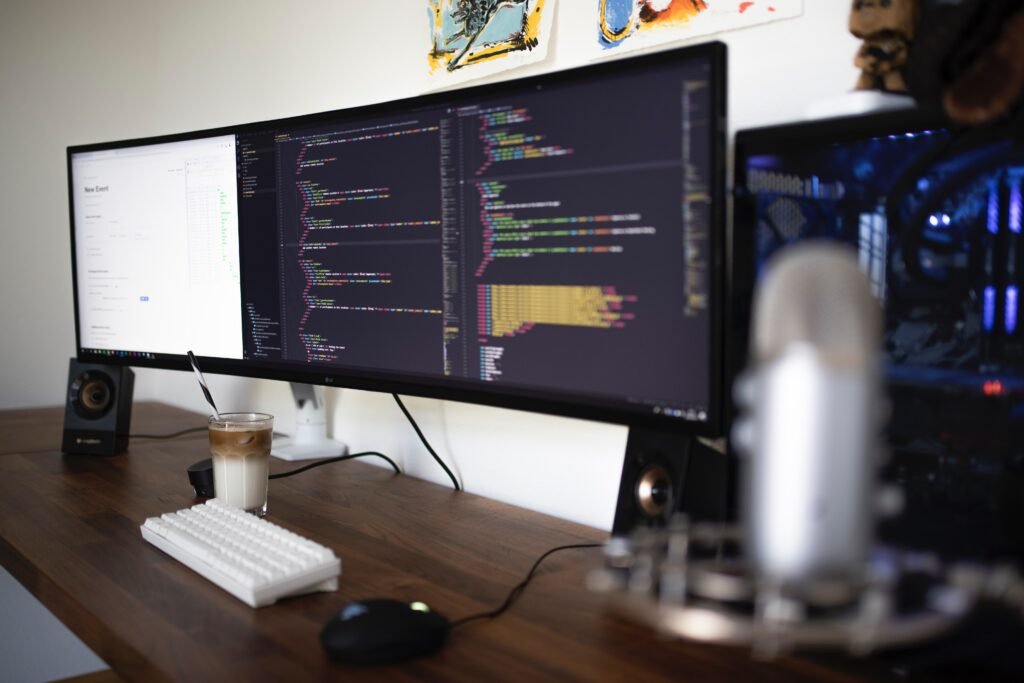With rapid advancements being made in multiple technologies, their applications have a deep impact on multiple industries in a variety of ways. Although the industry with endless possibilities for integrating the rising tech is the “Gaming industry”. People are increasingly opting to escape from reality into the virtual world. The concept has been sufficiently fantasized about in fictional movies, the original Jumanji being the most primitive version of the same.
Since the 2001 release of “Grand Theft Auto III,” a game known for popularizing open-world gaming, the genre has gone from a select few titles to becoming an industry standard. But open-world gaming is now soon going to be replaced by real-world gaming.
With the recent advancements in AI, AR, VR, and cloud computing the lines between fiction and reality are increasingly getting blurred. We now look at how these technologies are impacting the gaming industry.
Its delve into the depths of understanding gaming and explore the underlying motives that drive people to engage in this fascinating realm of digital entertainment.
First of all dispersing the confusion that people often have between AR and VR in simplified terms.
Augmented reality is, essentially, when you add a digital layer on top of the real world itself.
If you’ve ever played Pokémon Go, for instance, that’s AR. If you’ve ever tried a virtual furniture app to see what a new piece, like a couch, looks like in your living room (IKEA, Target and Wayfair all have one), that’s AR. If you’ve used an app to virtually try on sneakers or apparel, that’s AR. If you’ve downloaded an app to show you the constellations in the night sky, that’s AR. The list goes on and on.
Whereas Virtual Reality is, essentially, when you completely replace the real world with a digital one.
VR is kind of like hopping into a video game, wherein donning a headset (and usually interacting with the space via some type of controller or remote) transports you to a fully digital world, realm or universe and completely, purposefully, obscures the real world in the process.
These enable us to again experience the thrill and excitement that all of us felt when playing GTA 3, the only difference being, we will no longer be playing a game but rather living them!

The need to have high-end devices diminishes to a great extent with use of cloud computing. Cloud gaming takes your favorite game and runs it from a server — a powerful, industrial-strength PC — inside a secure data center, instead of using the device in front of you to power it.
Gameplay is then streamed over the internet back to you, allowing you to play the latest games on nearly any device, even ones that are not capable of running that game.
The greatest limitation with cloud gaming is infrastructure. At the moment, many cloud gaming services are either using existing data centers or renting space from a large cloud to run their platform, which is hard to control. Furthermore, there has been a surge in cloud gaming in recent years, which has caused many companies to bring products to market too quickly.
But recent developments have helped in overcoming these limitations. NVIDIA also offers a cloud gaming service called GeForce Now, which allows you to stream games from your PC, Mac, Chromebook, or mobile device to any compatible device. GeForce Now uses NVIDIA’s proprietary video compression technology called NVENC to encode and decode game frames on the cloud server and the player’s device.
Stadia launched in 2019 uses Google’s global network of edge nodes to deliver game content to players with low latency and high quality. Shadow – a cloud gaming company – uses advanced compression techniques and adaptive bitrate streaming to provide a smooth and responsive gaming experience on any device. Shadow also offers different tiers of hardware configurations for different gaming needs and preferences.

Tokenization of in-game assets like items, characters, skins, weapons, etc. is probably the most exciting aspect of blockchain gaming. Transactions done through tokenization enable mimicking the feeling of asset ownership which we do in real world. Players can use blockchain-based platforms and marketplaces to buy, sell, and exchange their digital assets with other players or developers. This can create a more engaging and rewarding gaming experience, as well as a new source of income for players and developers.
Players will be able to express their creativity and individuality by making their own digital items or customizing existing ones. They can also earn money by selling their digital items to other players or developers.
Creating a game economy using blockchain makes the eco-system more exciting and transparent since the vibrant and dynamic game economy will be driven by supply and demand, rather than by fixed prices or rules.

AI perhaps is the most exciting addition to the list. The possibilities are endless to say the least.
AI in gaming creates more dynamic, responsive, and immersive gameplay experiences. Imagine a scenario where your entire gameplay is assessed by AI as you progress through a game and based on your playing style and patterns. The last villain-boss replicates your play styles and pattern with much more refined moments, and you must essentially surpass yourself to beat the game! That’s a classic whimsical story that we all love and dream about. But this is just one small feature that we might see in upcoming games.
With the use of AI, computer-controlled characters popularly known as NPCs (non-player characters) and entities within the game environment exhibit intelligent behaviors, make decisions, and interact with the player and the game world in a lifelike manner. They kind of have a virtual mind that breathes life into the digital realm and makes it interactive, almost as if you’re engaging with real entities.
As we said in the beginning, the possibilities are indeed endless.

With so much happening in the industry, we at Alcoret Inc. intend to make use of all the above-mentioned advancements to provide our users with a real-world immersive experience, which they deserve.
We envision the VR experience to seamlessly blend with cloud computing, blockchain, and artificial intelligence to breathe life into every corner of the metaverse. As players don their headsets, they step into a realm where reality and imagination intertwine. Whether exploring distant planets or crafting their own settlements, the possibilities are boundless.
The integration of blockchain revolutionizes ownership, turning in-game assets into tangible tokens. Every item, character, or weapon holds value, enabling players to trade and create their unique virtual marketplaces. Meanwhile, using artificial intelligence we intend to progrramme NPCs with intelligence and adaptability, providing challenges that evolve with the player’s skill. The result is a dynamic, responsive world where every decision matters. Together, these technologies converge to create an immersive gaming experience in Alcoret, where players are not just participants, but active citizens in a living, breathing metaverse.
